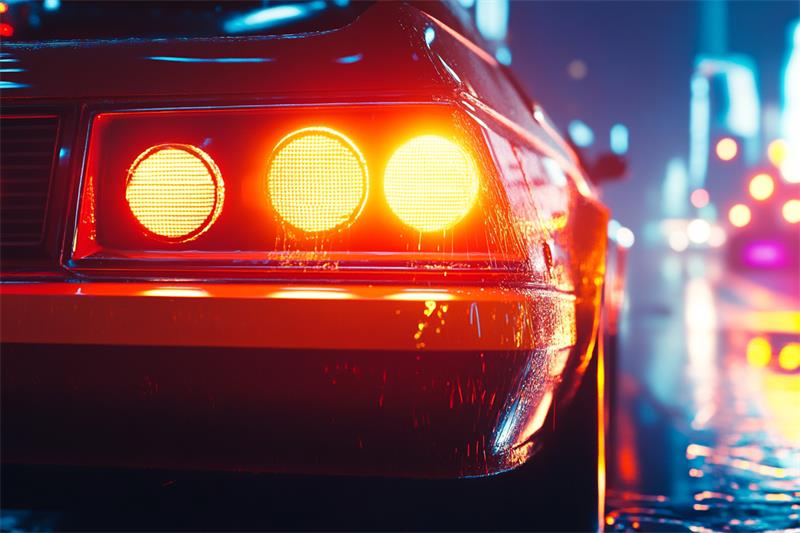Car light film, a thin laminate applied to vehicle lights, offers numerous benefits ranging from aesthetic enhancement to practical protection. With various materials available, each boasting different durability and performance characteristics, choosing the right one for your needs is crucial. This article delves into the comparison of popular car light film materials, exploring their strengths, weaknesses, and suitability for different applications.

1. Polyvinyl Chloride (PVC):
PVC is a widely used, cost-effective option for car light film. Its main advantages lie in its ease of installation and affordability. PVC films come in various colors and finishes, allowing for a degree of customization. However, PVC's lower durability compared to other materials makes it susceptible to yellowing, cracking, and fading, especially with prolonged sun exposure.
Ideal for: Budget-conscious individuals seeking temporary styling options or short-term protection.
2. Polyurethane (TPU):
TPU surpasses PVC in terms of durability and longevity. This thermoplastic material offers superior resistance to yellowing, cracking, and tearing. TPU car light films maintain their clarity and color vibrancy for extended periods, even under harsh weather conditions. They also provide better protection against minor scratches and impacts. The higher price point compared to PVC reflects this enhanced performance.
Ideal for: Car owners prioritizing long-term protection, clarity, and color retention.
3. Vinyl:
Vinyl car light films are known for their versatility and affordability. They offer a vast range of colors, finishes, and even printed patterns, making them a popular choice for customizing car lights. Vinyl films generally fall between PVC and TPU in terms of durability. While not as resistant to yellowing and cracking as TPU, they still provide decent protection against light scratches and UV damage.
Ideal for: Individuals seeking a balance between affordability, customization options, and moderate durability.
4. Nano-Ceramic:
Representing the cutting-edge of car light film technology, nano-ceramic films are composed of microscopic ceramic particles embedded in a premium adhesive layer. This construction delivers exceptional heat and UV resistance, ensuring superior protection against fading and discoloration. Nano-ceramic films are renowned for their clarity, providing a nearly invisible look while still offering light reduction properties. Although the most expensive option, their unparalleled performance and longevity justify the investment.
Ideal for: Car enthusiasts seeking the highest level of protection, clarity, and long-term performance.
Beyond Material: Installation and Maintenance:
While choosing the right material is crucial, proper installation and maintenance are equally important for maximizing car light film durability and performance. Professional installation is highly recommended to ensure proper adhesion, avoid air bubbles, and achieve a seamless finish. Regular cleaning with a mild soap solution and a soft microfiber cloth helps maintain clarity and prolong the film's lifespan.
Selecting the right car light film material depends on individual needs and priorities. PVC offers an economical solution for temporary applications, while TPU provides long-lasting protection and clarity. Vinyl caters to customization enthusiasts, and nano-ceramic reigns supreme in performance and longevity. By understanding the strengths and weaknesses of each material, car owners can make an informed decision that best suits their budget, style preferences, and desired level of protection for their vehicle's lights.
